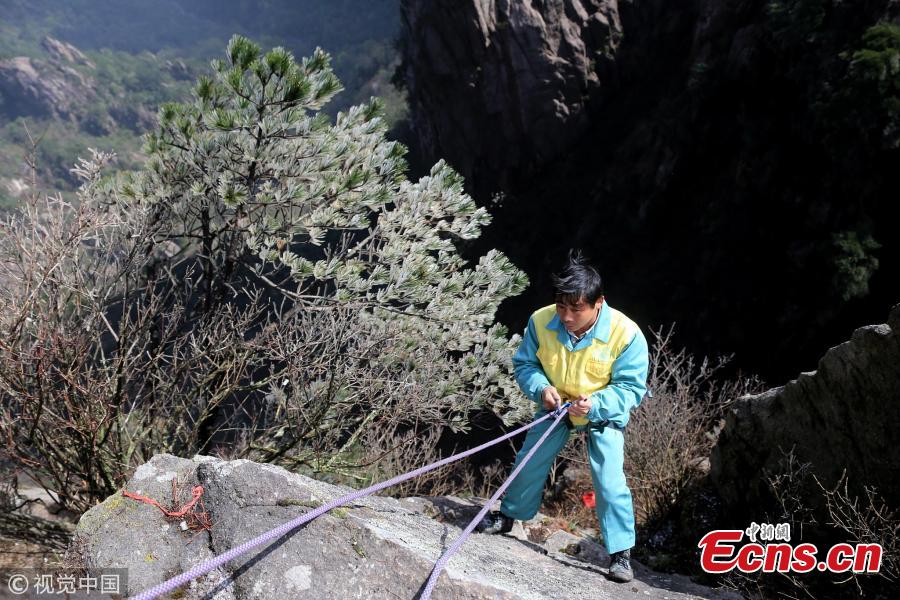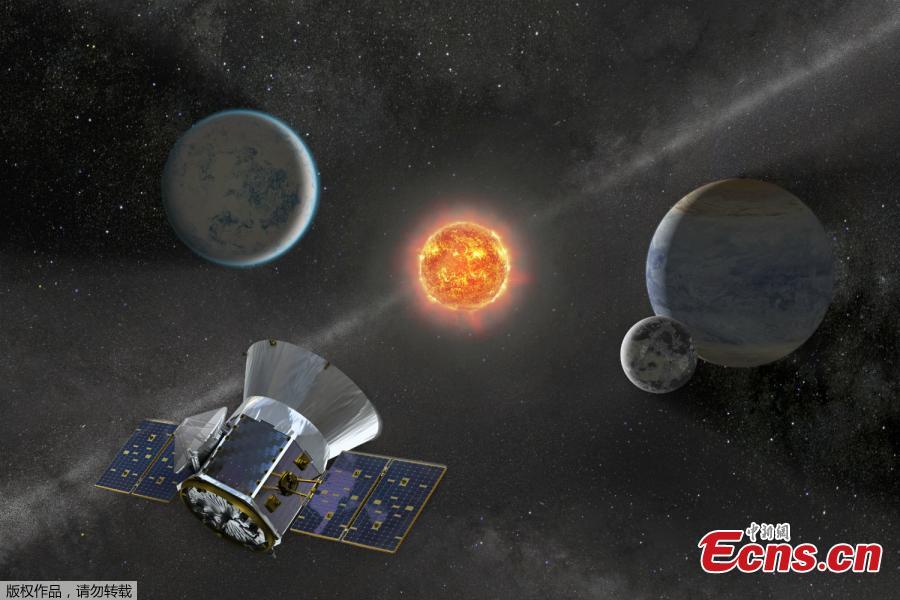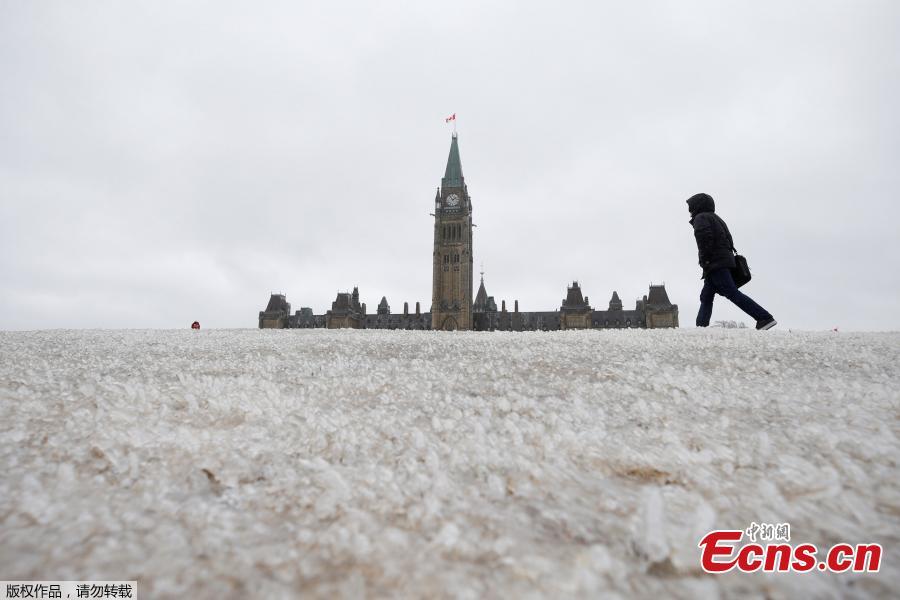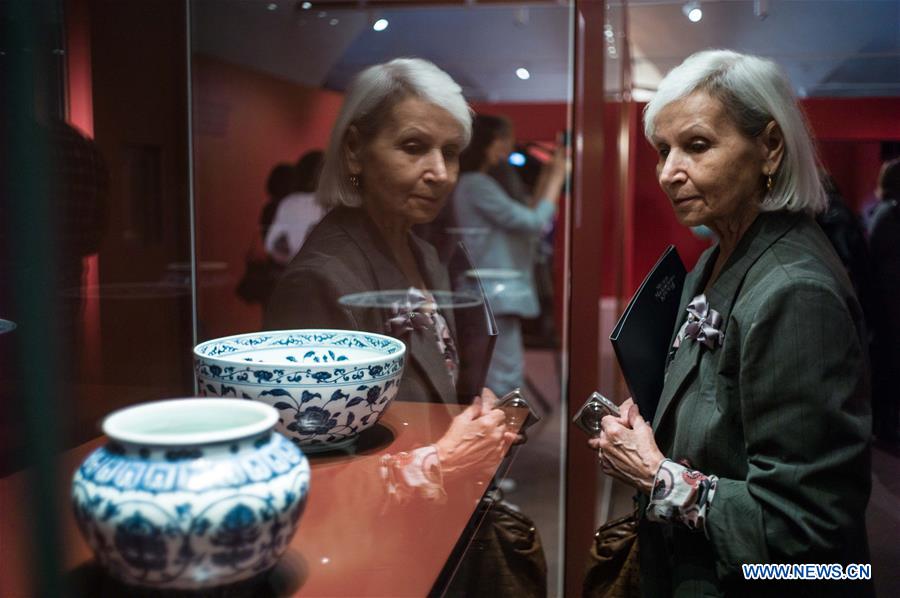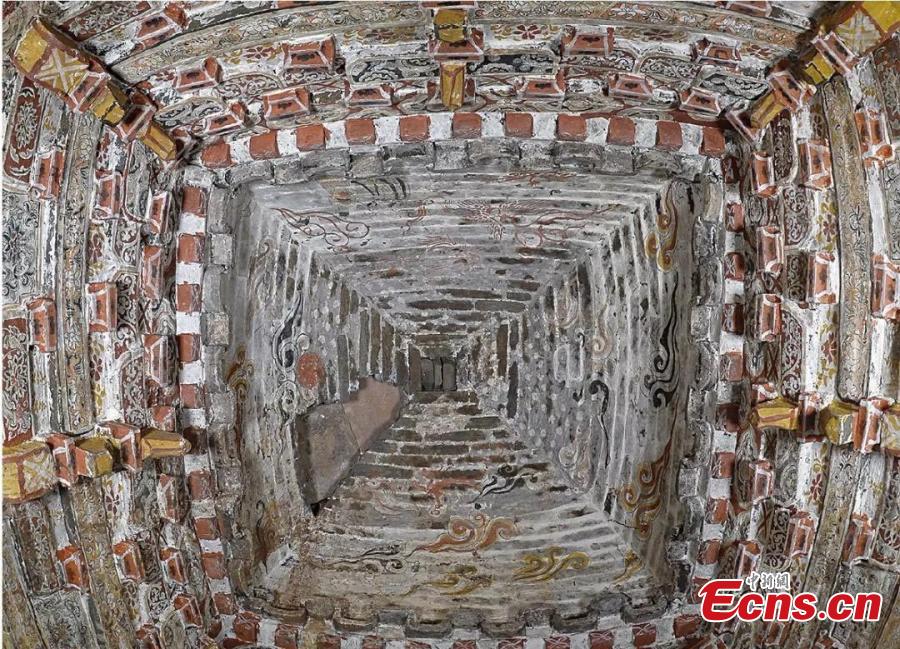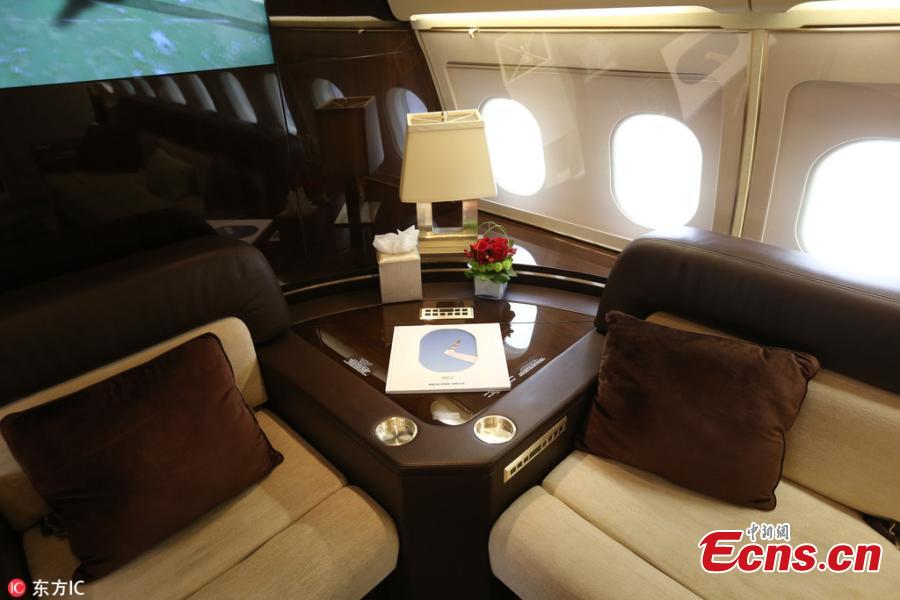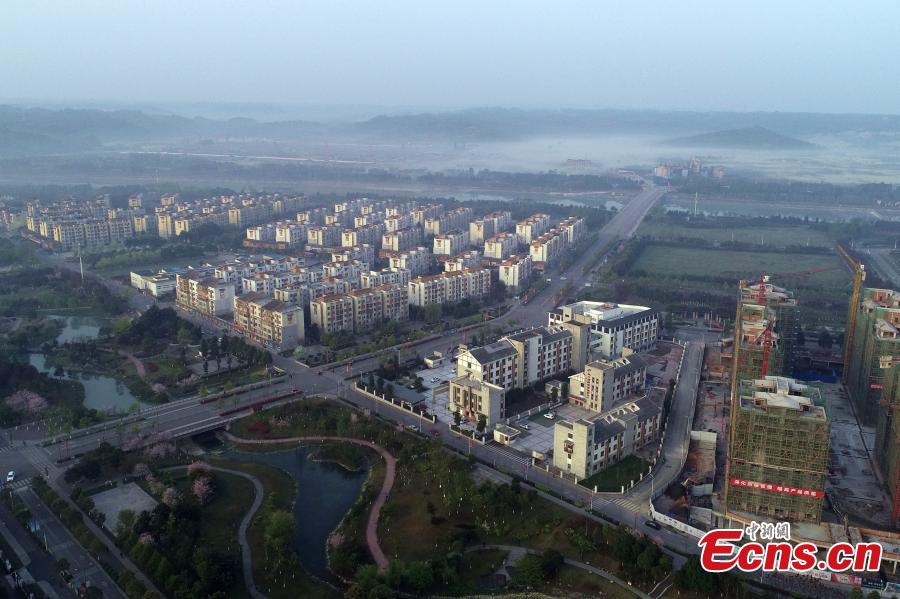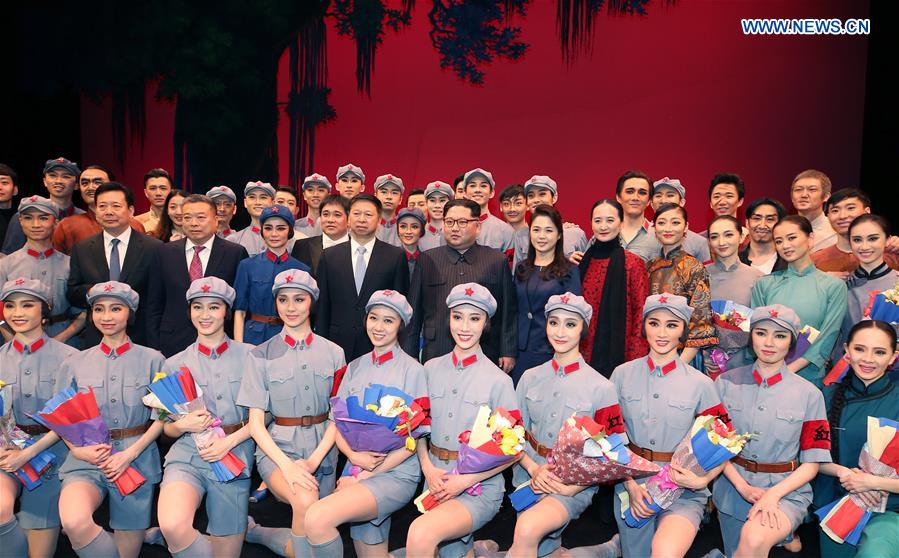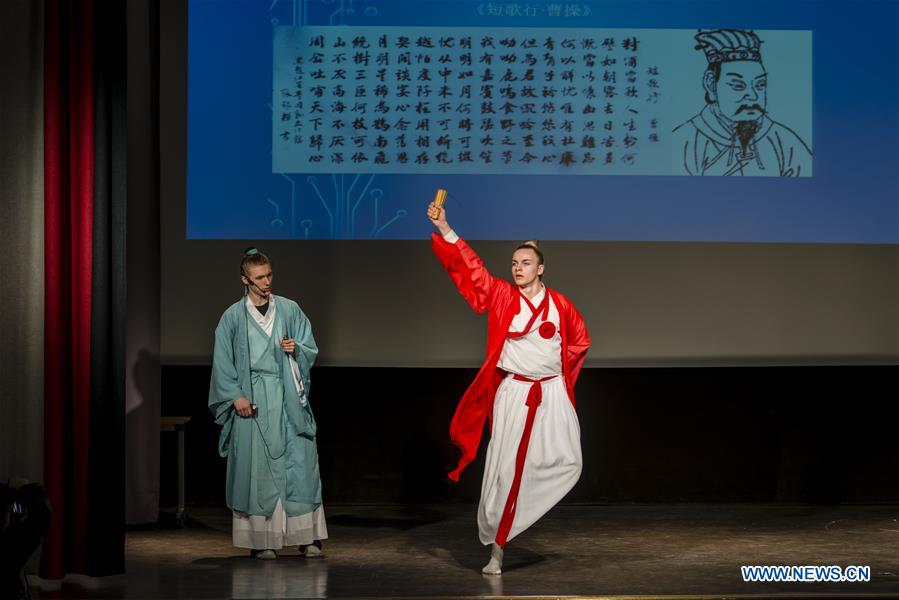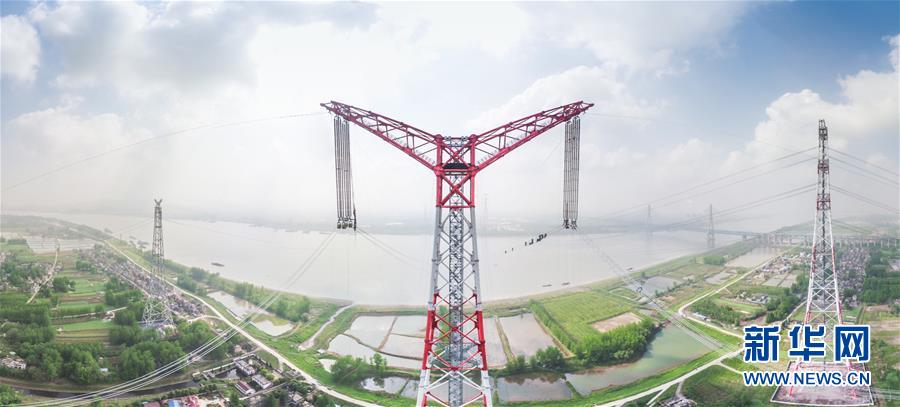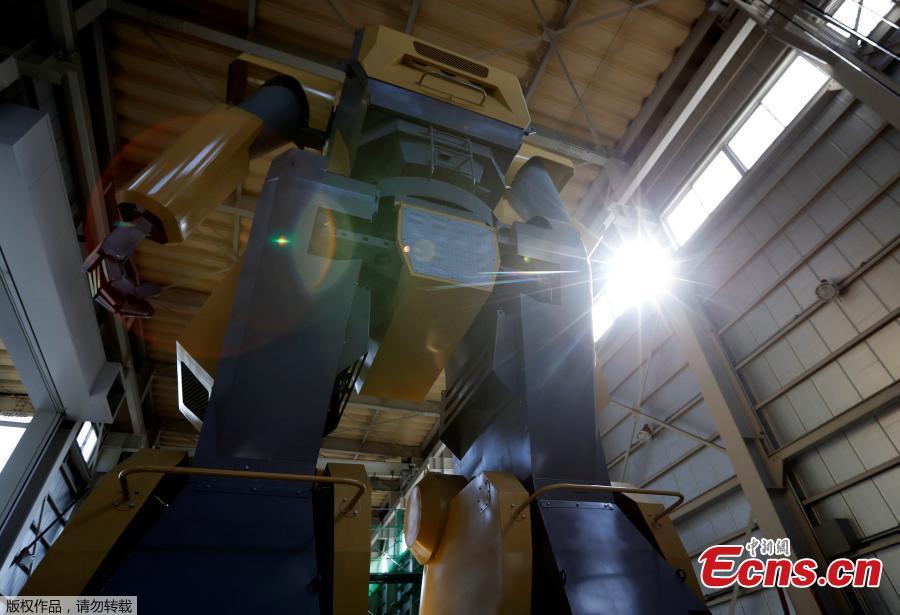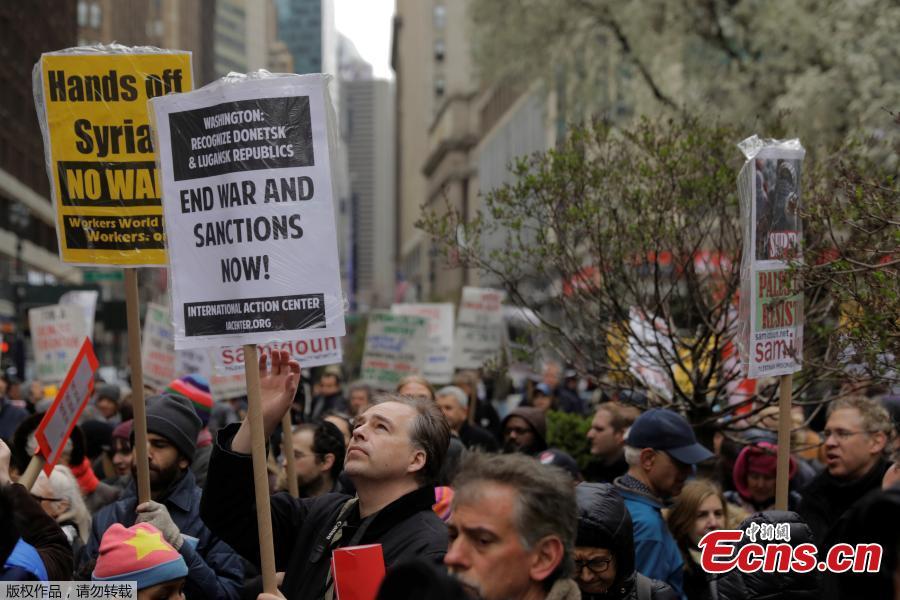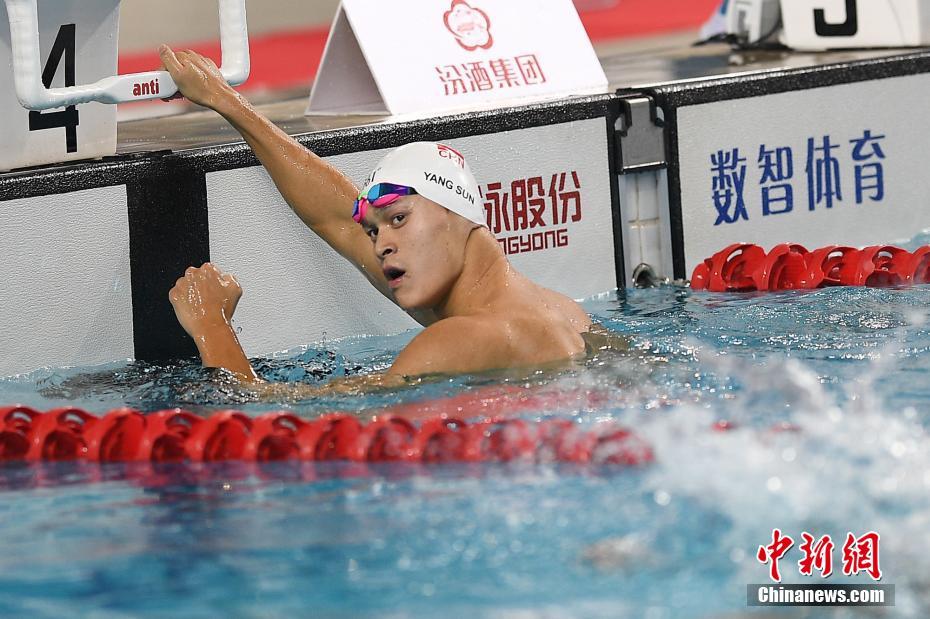RRR reduction will increase supply of long-term capital, stabilize liquidity
China's central bank announced a cut in some financial institutions' reserved cash amount by 1 percentage point from April 25 to support small and micro enterprises and stabilize liquidity in the banking system, according to a statement on its website released on Tuesday.
The move is expected to free about 1.3 trillion yuan ($206.99 billion) in total, and 900 billion yuan of that will be used to pay back the funds borrowed by commercial banks via the Medium-term Lending Facility (MLF), an open market operation tool to maintain liquidity using securities as collateral, said the People's Bank of China, the central bank.
Large commercial banks, joint-stock commercial banks, some rural commercial banks and foreign banks, which have a relatively higher reserve requirement ratio (RRR) of 17 or 15 percent, are on the list to implement the policy from April 25, the statement said.
The RRR cut will increase the supply of long-term capital and reduce banks' funding costs, said an anonymous official from the central bank.
"The increased 400 billion yuan (after the payment of MLF) will enrich low-cost fund resources for small and micro-sized enterprises at the same time."
The RRR cut will not alter the "prudent and neutral" monetary policy tone, and the total liquidity amount in the banking system could remain stable and neutral, with a optimized liquidity structure more focused on support the real economic growth, said the PBOC.
The unexpected move is likely to boost China's bond market while stabilizing the stock market, considering that recent Sino-US trade tension may increase uncertainties in the second quarter's economic growth, said Zhang Ming, a researcher with the Chinese Academy of Social Sciences.
The People's Bank of China injected 367.5 billion yuan ($58.54 billion) through one-year MLF operations on Tuesday at an interest rate of 3.30 percent, up from 3.25 percent, according to a statement on the PBOC website.
One day earlier, the central bank also raised the 14-day reverse repurchase interest rate to 2.7 percent from 2.65 percent, at which rate 150 billion yuan of liquidity was freed into the interbank market.
Those moves followed a similar open market operation in March when the central bank lifted the seven-day reverse repurchase interest rate at auction by 5 basis points, from 2.50 percent to 2.55 percent, in a quick response to the US Federal Reserve's rate hike.
Economists from financial institutions foresee those effective lending rates edging higher in the coming months, following the same trend since 2017, adding to funding costs and liquidity pressures.
The CSI 300 index of major companies listed in Shanghai and Shenzhen fell 1.58 percent on Tuesday, following a 1.6 percent drop on Monday, led by declines among property companies and commercial banks.
"We further expect effective interest rates to edge higher this year," which may pose a challenge to banks with weak loan pricing power or thin capital buffers, said Sophie Jiang, an analyst with Nomura Securities.
The Tokyo-based securities company calculated that China's market rates had edged 52 to 183 basis points higher to 2.56-5.74 percent across the loan and interbank markets, bonds, money market funds and wealth management products since 2016, although benchmark rates remain unchanged at 1.5 percent for one-year deposits and 4.35 percent for one-year loans.
PBOC Governor Yi Gang said last week at the Boao Forum for Asia annual conference that China's monetary policy is "fully prepared".
"We are well grounded to continue the prudent policy. When other countries start monetary policy normalization, we will stick to our prudent approach," he said.










